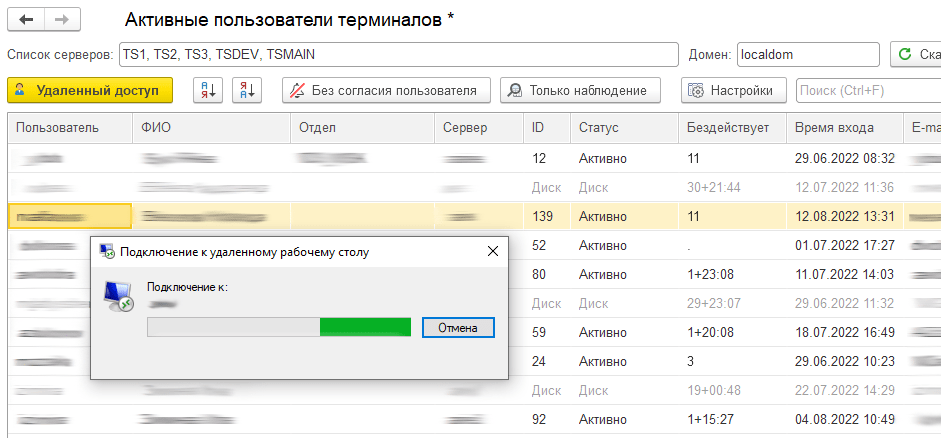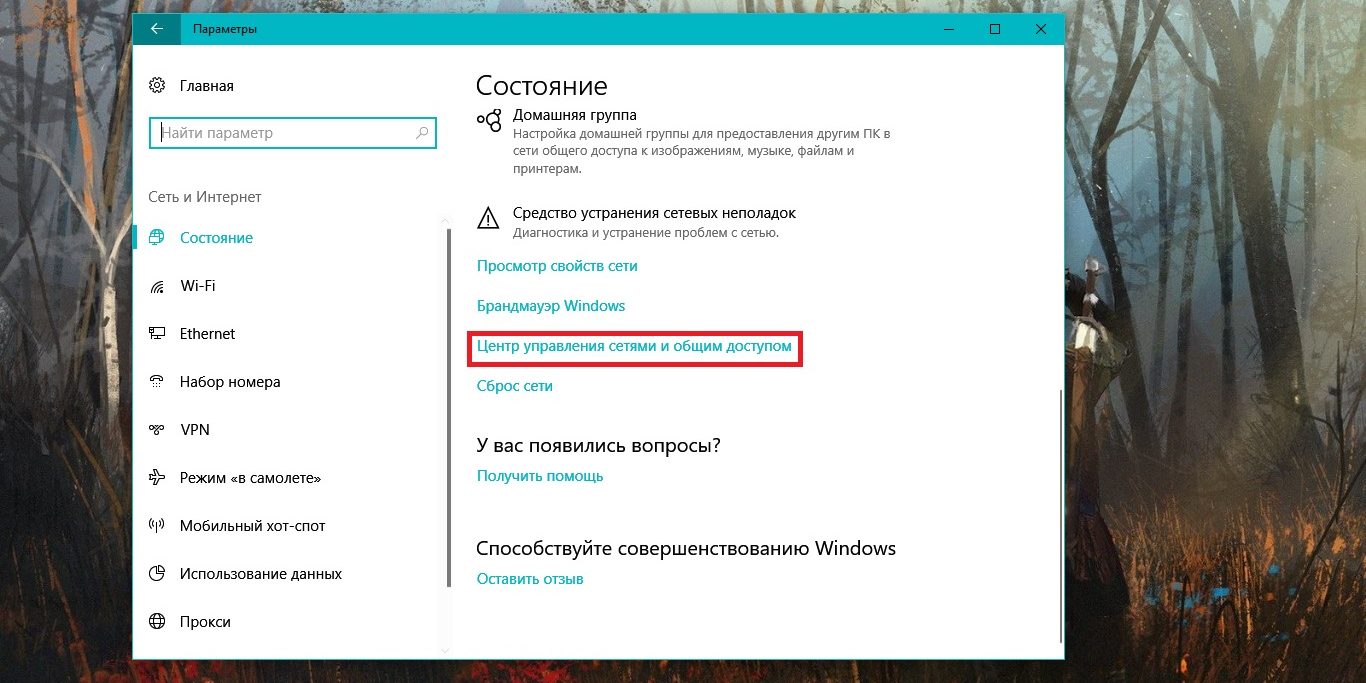How to Find Out Which Users Are Connected to the Server?
When you manage a server, it’s important to know which users are currently connected to it. This allows you to control access to server resources and ensure the security of your system. In this article, we’ll tell you about various ways to find out which users are connected to your server.
1. Using the who command
One of the easiest ways to find out which users are connected to the server is to use the who command. Simply execute this command in the terminal, and you will see a list of all users who are currently in the system.
In addition, the who command also shows you the time of their last login, the IP address from which they logged in, and other useful information.
2. Using the w command
Another way to find out which users are connected to the server is to use the w command. This command also shows you a list of users, but in a more detailed format, including information about the system load by each user.
You can also use w command options, such as -h to display headers or -u to display only users.
3. Using the finger command
The finger command provides more detailed information about users, including their name, home directory, last login time, and much more. To find out which users are connected to the server, use the finger command with a username or without parameters for all users.
Don’t forget that you may need to install the appropriate package on your server to use the finger command.
4. Using the ps command
The ps command allows you to view current processes, including those that were started by users. You can use the aux option to see a full list of processes and information about the user who started them.
Use the ps command in combination with other filters to refine the search for users currently connected to the server.
Conclusion
Now you know several ways to find out which users are connected to the server. Be careful, monitor user activity, and respond to any suspicious actions. This will help you ensure the security of your system and prevent potential threats.



![How to Set Up Automated VDS Backups in [Platform/Location]](https://valebyte.com/blog/wp-content/uploads/2025/11/leonardo_3b4910a9-300x169.jpg)

